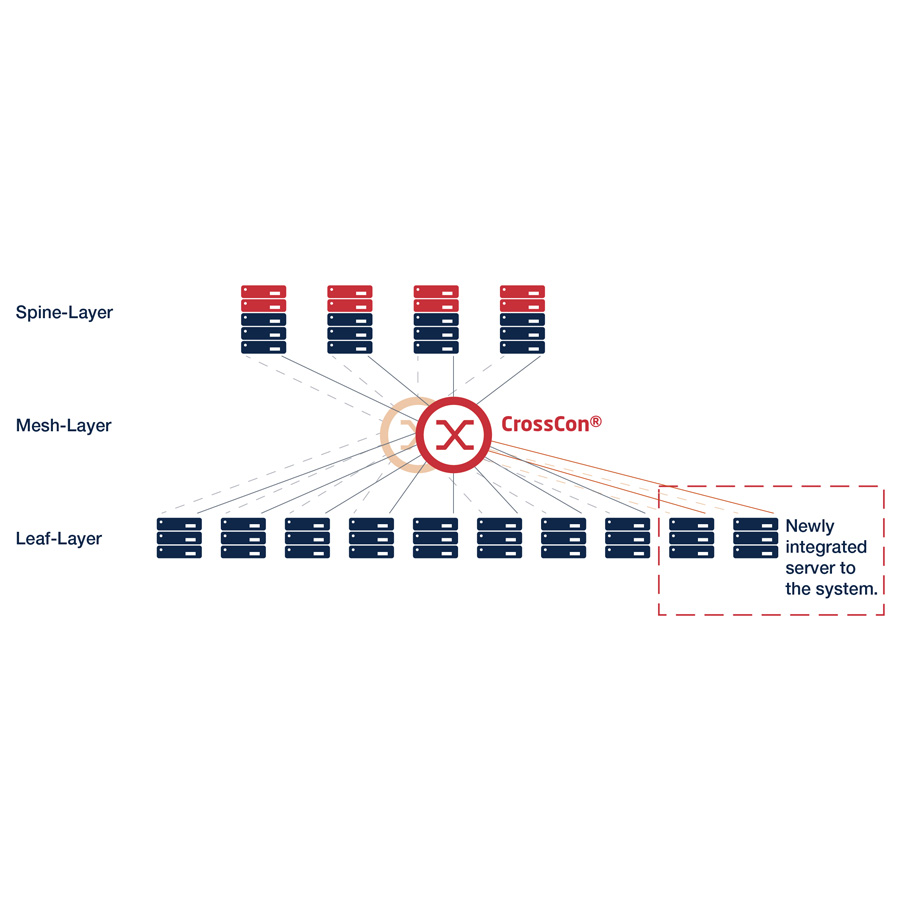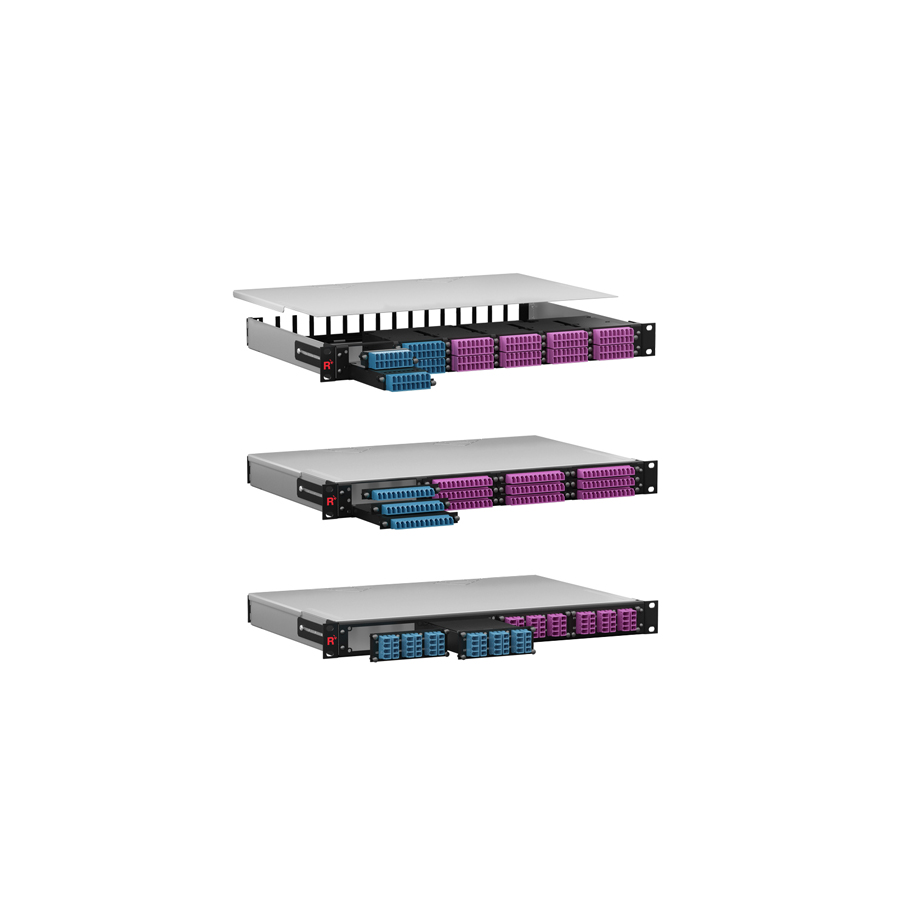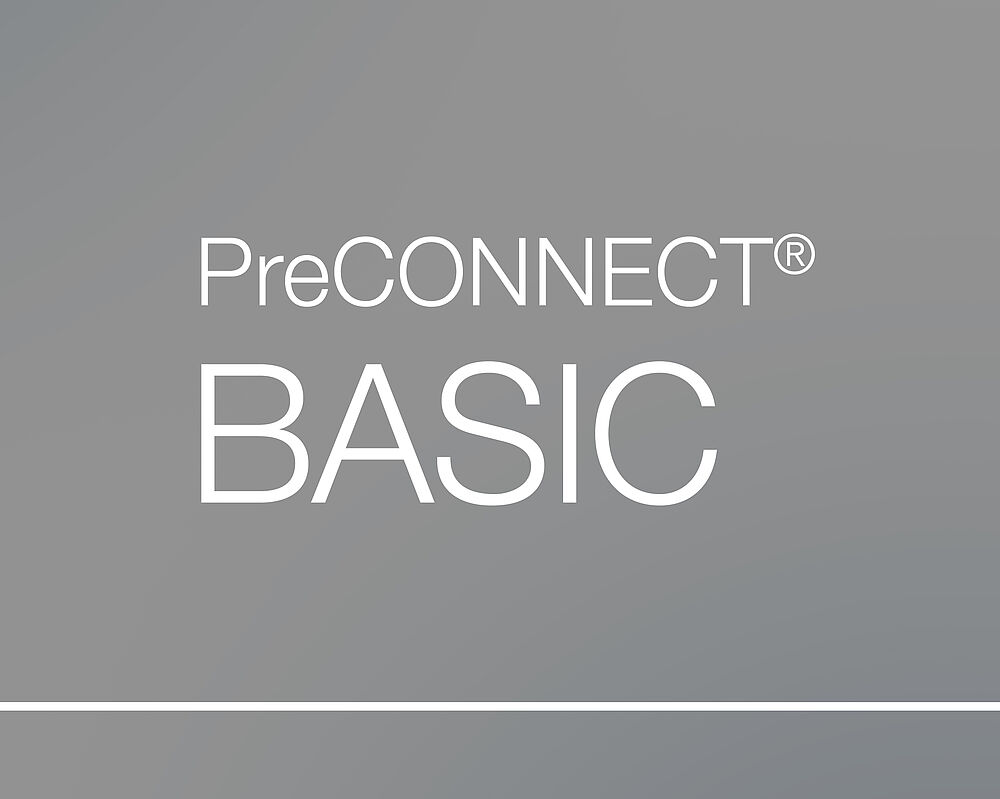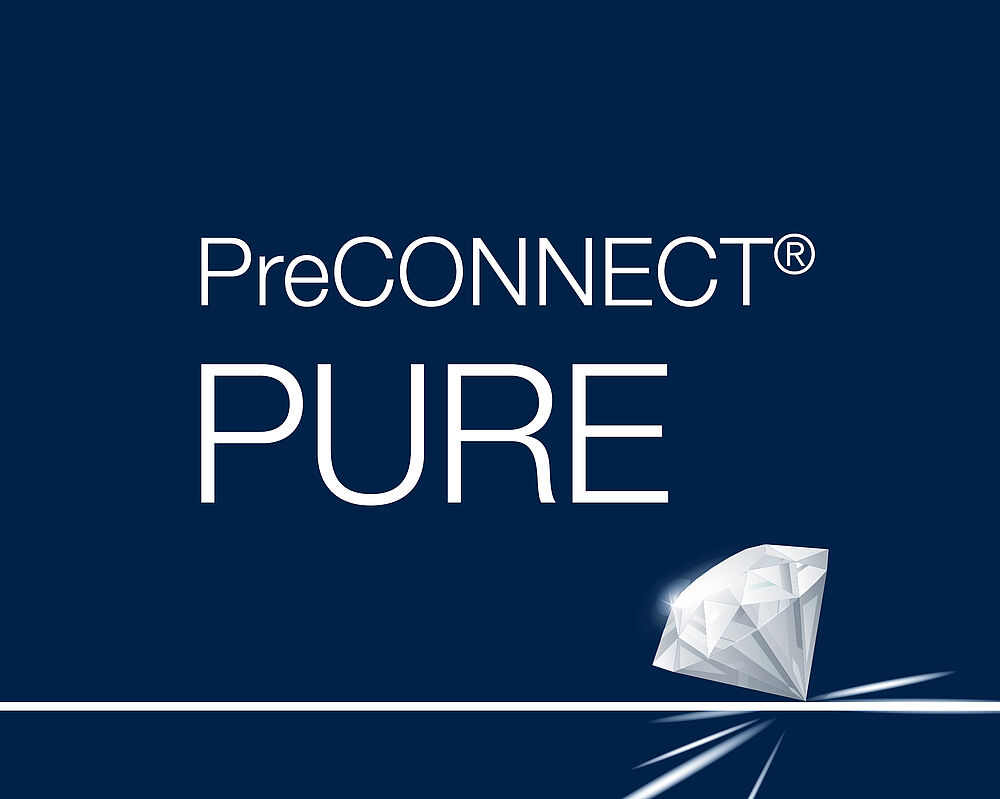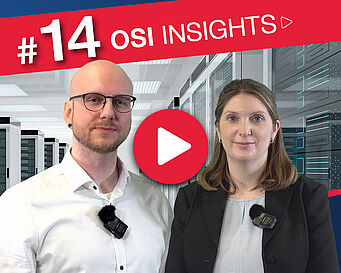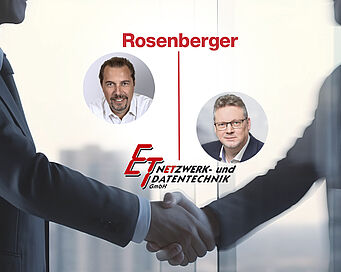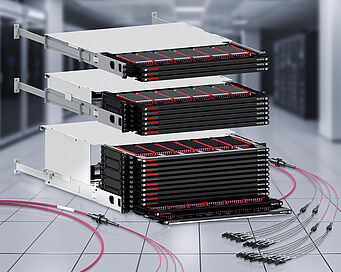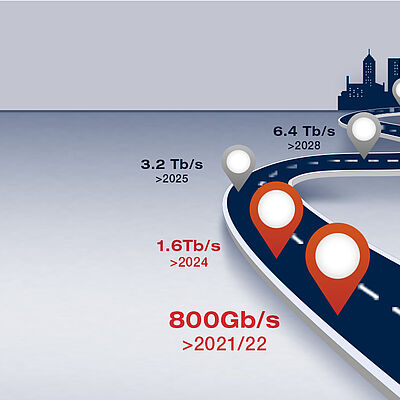Comprehensive system solutions for structured fiber-optic cabling
Cabling systems from Rosenberger OSI are designed as comprehensive system solutions for structured fiber-optic cabling. All the components are optimally harmonized to guarantee outstanding reliability. As early as 1997, Rosenberger OSI was one of the first companies to look at the potential of parallel optics cabling. This pioneering technology is now a decisive factor for future-proofed IT infrastructures. What is more, we are not simply satisfied with standard products: Our fiber-optic cabling systems stand for: Maximum quality. Outstanding transmission values. Ease of handling.


